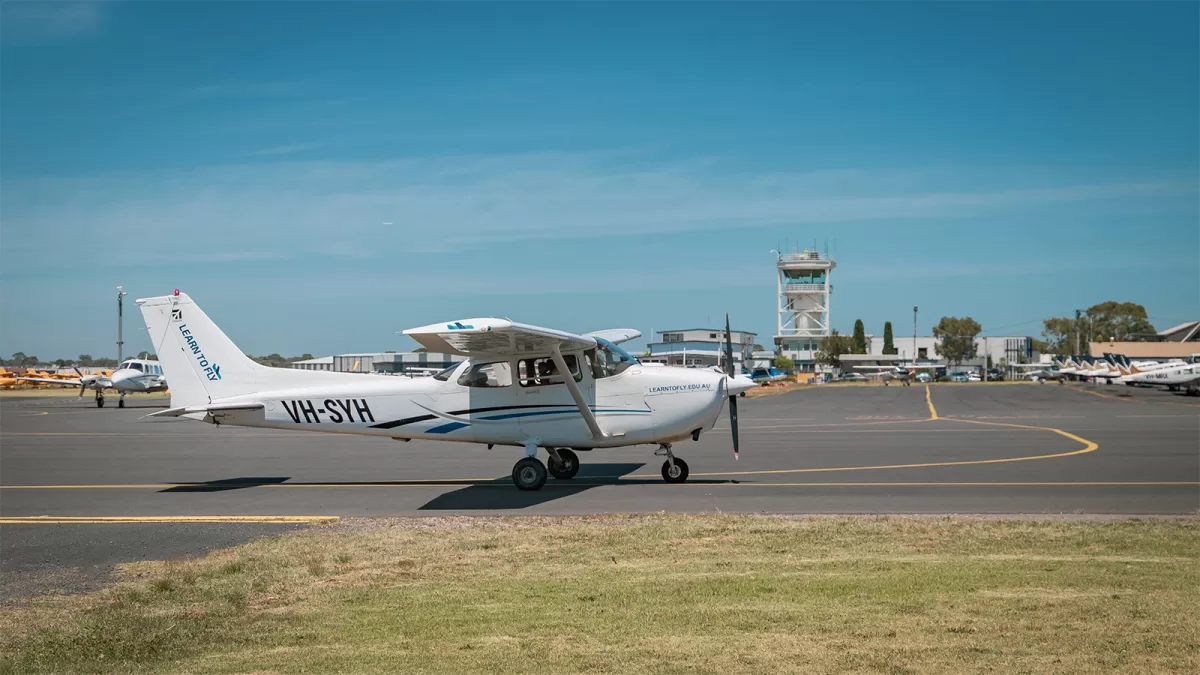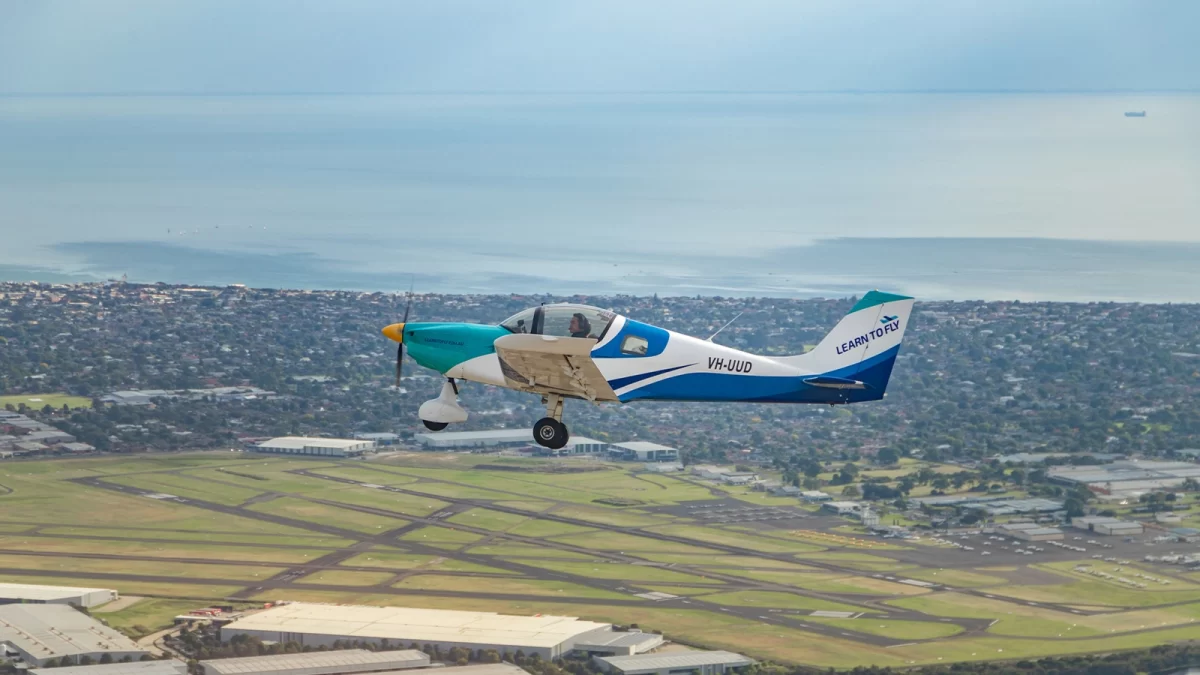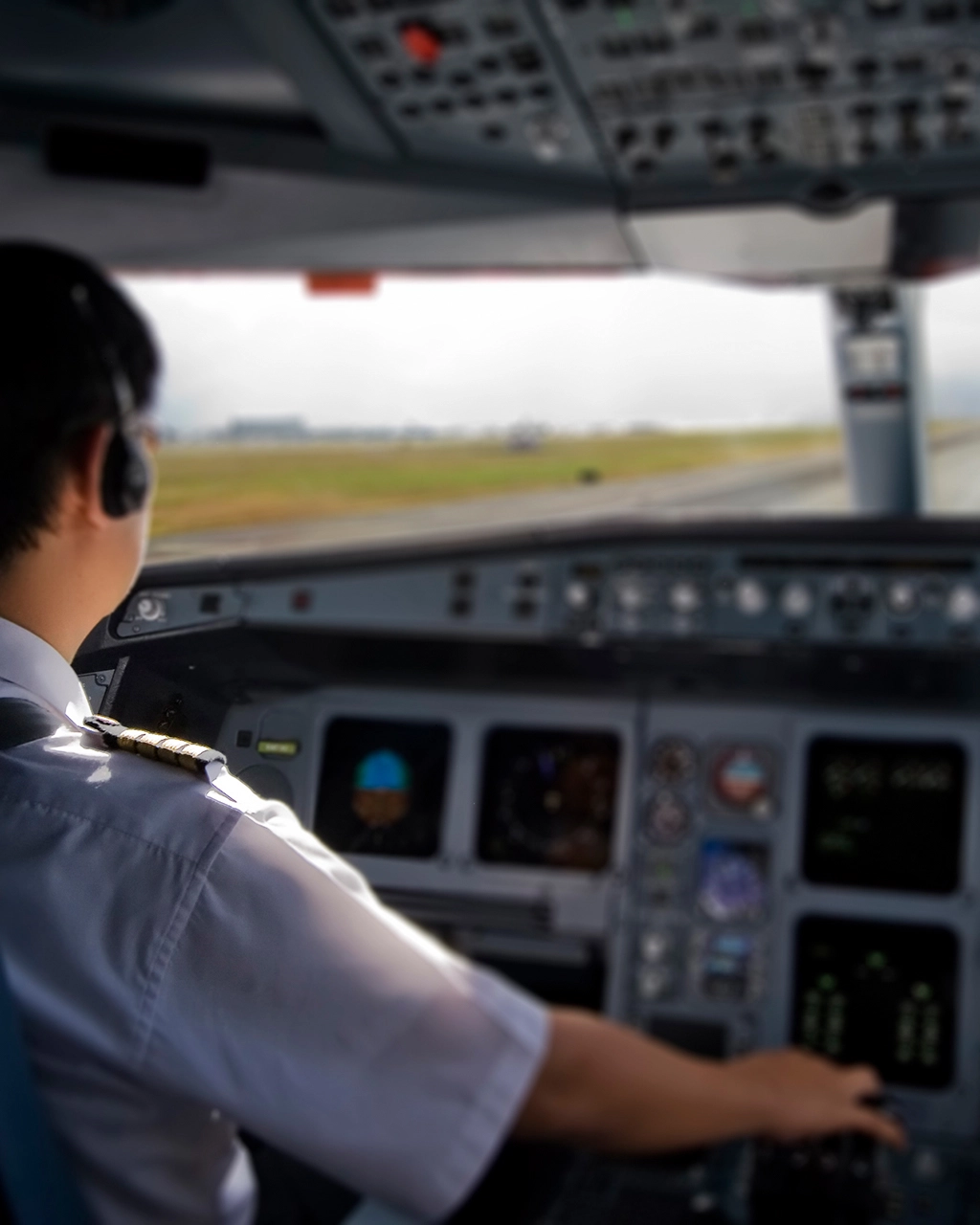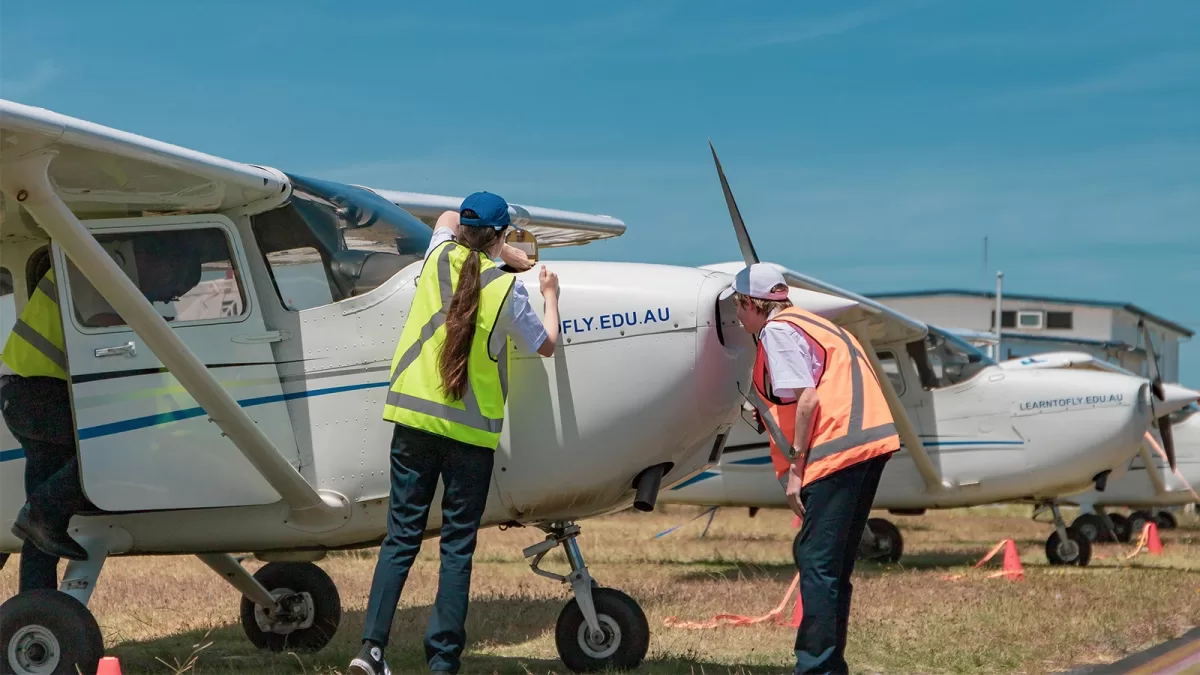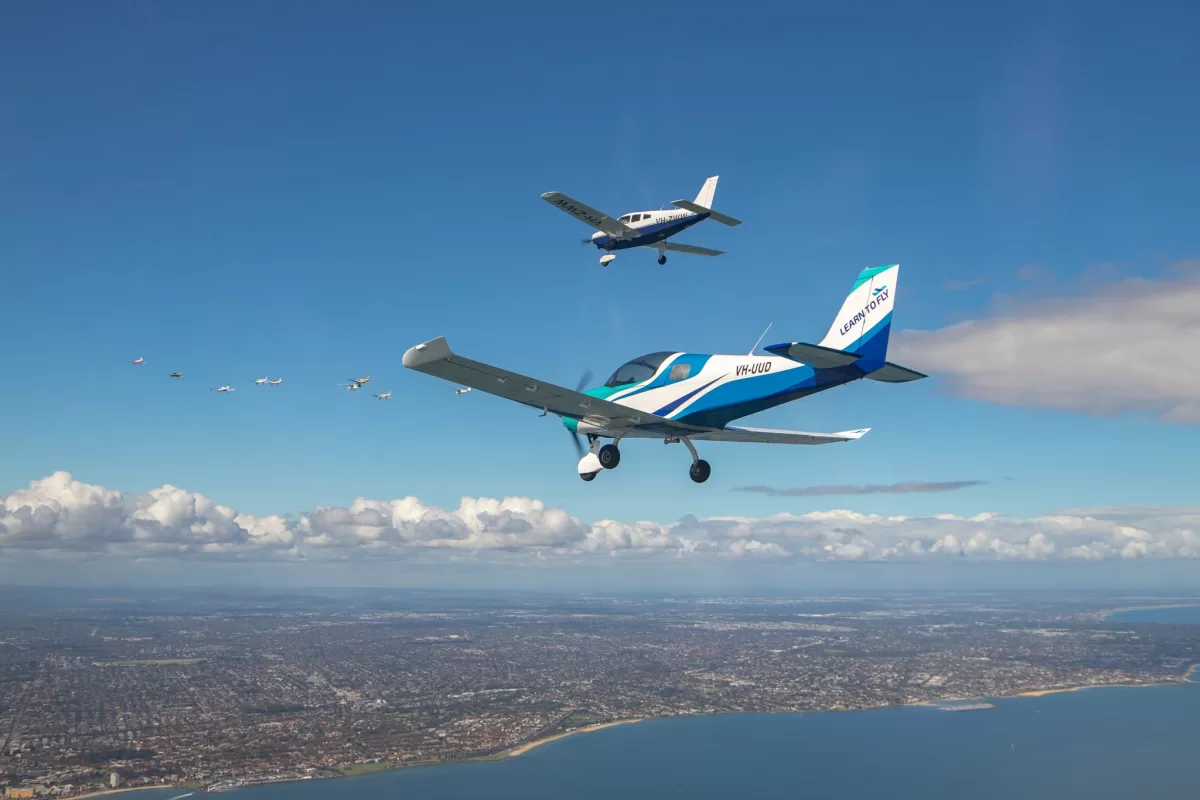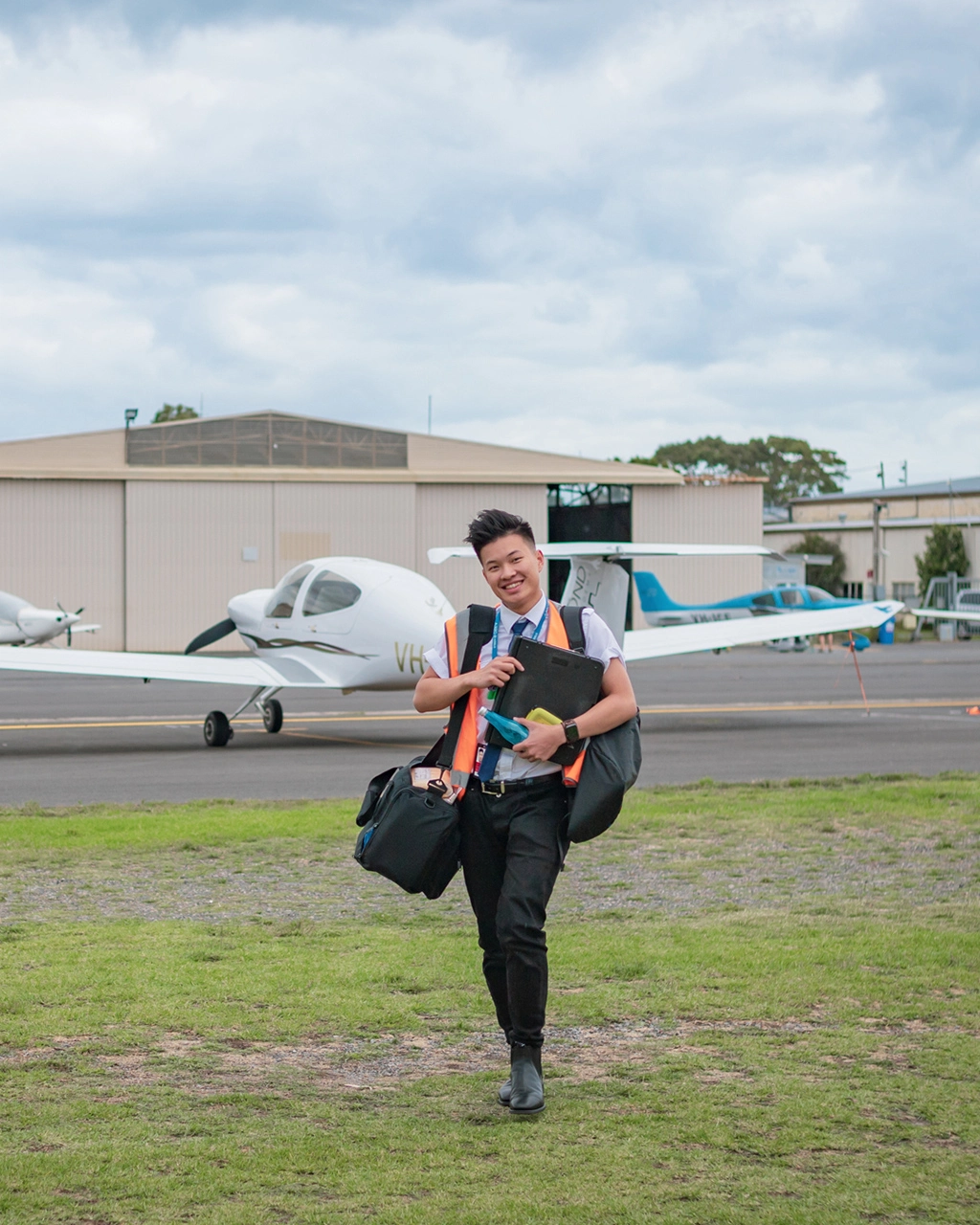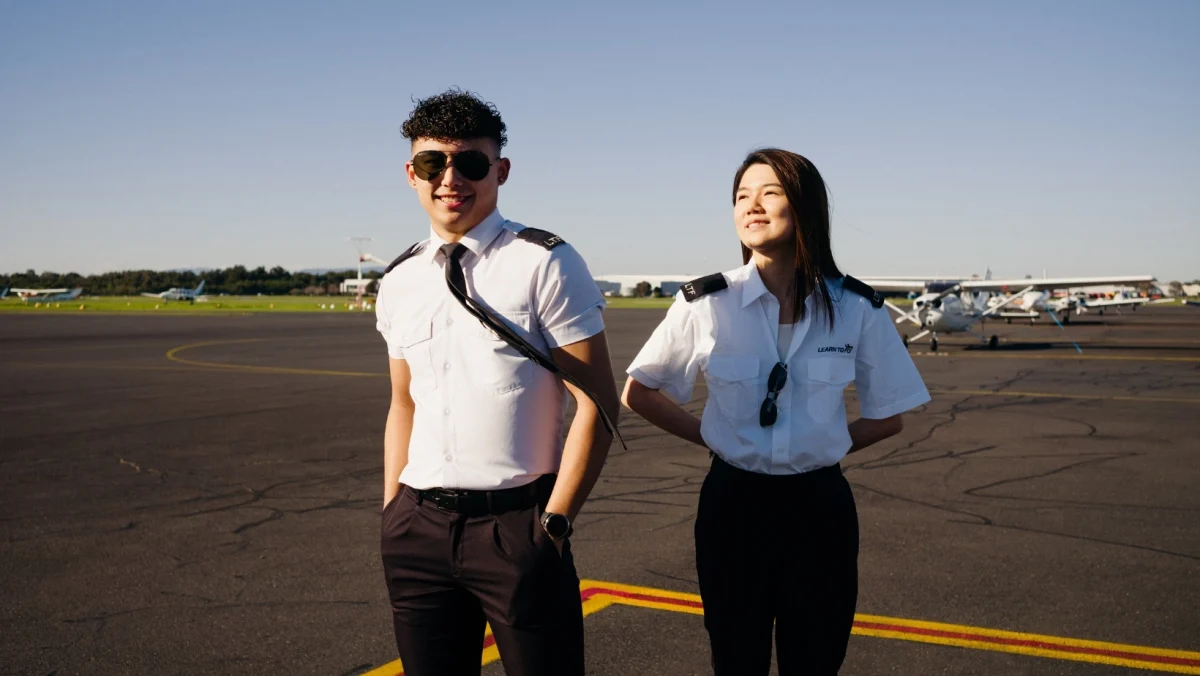Obtaining your Private Pilot Licence (PPL) marks a tremendous accomplishment, which demonstrates your ability to fly an aircraft independently and safely. The PPL marks an achievement for pilots, but many continue their journey beyond this milestone. The PPL serves as a foundation for pilots to achieve higher aviation objectives, including transporting passengers or flying across countries for leisure and exploring professional opportunities in commercial aviation.
Understanding Your Privileges and Limitations
A PPL license in Australia permits you to fly an aircraft as pilot-in-command (PIC) for private and recreational activities while allowing you to transport passengers without compensation. The licence provides extensive operational freedom but requires the pilot to take on corresponding responsibilities.
As a PPL holder, you can:
- A PPL licence lets you fly in Australian airspace while following Visual Flight Rules (VFR).
- Carry passengers
- You may operate any aircraft that you have received specific endorsement for in your licence.
- Your Private Pilot Licence enables you to fly aircraft during daylight hours when Visual Meteorological Conditions apply.
However, your PPL does not allow:
- Commercial operations or hire-and-reward flying
- You must have an instrument rating to fly in Instrument Meteorological Conditions (IMC).
- Night VFR unless endorsed
- As you begin flying with passengers, you should understand these flight limitations.
Mental Preparedness: The Shift from Solo to Responsibility
When flying alone or with your instructor, your experience differs from flying with family members or friends. Taking passengers means you accept full responsibility for their safety and comfort and earn their trust.
Key mindset shifts include:
- Risk Management: You must no longer take a casual approach to marginal weather conditions or operational restrictions. Your decisions affect others.
- Conservative Decision-Making: Prioritise safety by choosing to cancel or reroute flights whenever potential risks arise.
- Passenger Briefings: Explain to passengers how to use seat belts and emergency exits while instructing them on headset use and preparing them for potential noise and turbulence.
Always operate within the limits of your comfort zone and skillset. Never feel obligated to operate flights during suboptimal conditions, particularly when you are still gaining experience.
Recurrent Practice: Staying Sharp
The period following your PPL test often encourages pilots to pause their flying activities. The initial months after obtaining your PPL are crucial because flight skills tend to diminish without regular practice. Before carrying passengers:
- Fly Regularly: To maintain your proficiency, you should complete at least one flight every two weeks.
- Practice Emergencies: Rehearse forced landings, stalls, go-arounds, and diversions.
- Focus on Navigation: Practice solo navigation of cross-country paths that pass through diverse landscapes and controlled airspace.
- Simulate Passenger Loads: Operate under instructional supervision to practice weight/balance management as well as performance factors for passenger-carrying flights.
Pilots with recreational licences from Melbourne already gained exposure to complex airspace and aircraft operations when obtaining their PPL and should now maintain this disciplined approach.
Preparing for Passenger Flights
Prior to boarding, passengers complete these necessary checks:
1. Weight and Balance Calculations
The aircraft’s centre of gravity shifts when passengers board the aircraft. Conduct precise weight and balance calculations to maintain the aircraft within established certified limits.
2. Pre-Flight Planning
- Check NOTAMs and weather thoroughly.
- Submit a flight plan when your flight distance exceeds 50 nautical miles.
- Consider fuel reserves, alternate aerodromes, and terrain.
3. Passenger Comfort
- Choose calm days with smooth air.
- Keep flights short for new passengers.
- Avoid abrupt manoeuvres.
4. Communication
- Use plain language during safety briefings.
- Update passengers about your aircraft maneuvers, including altitude shifts and banking turns.
- Ensure passenger comfort by detecting any symptoms of motion sickness or anxiety.
Upgrading Your Skills: What’s Next After the PPL?
After you gain confidence in flying passengers under day VFR conditions, you should seek additional certifications to develop your flying skills further.
1. Night VFR Rating
Night VFR ratings grant permission to fly during nighttime in VMC which provides essential operational flexibility for winter flying and extended cross-country journeys.
2. Instrument Rating
Provides the ability to navigate through IMC conditions by employing only instrument-based navigation. The instrument rating serves as both a major safety upgrade and opens the path to commercial flying licenses.
3. Flight Instructor Rating
Becoming an instructor rewards you with both personal fulfilment and extra flying hours if teaching others excites you.
4. Commercial Pathway
Pursuing airline pilot goals requires you to either look into cadet pilot programmes or take a Commercial Pilot Licence course. Structured cadet schemes provided by some airlines incorporate advanced theoretical instruction alongside simulator practice and jet familiarisation.
Understanding the Social and Legal Considerations Involved in Passenger Transport by Air
When flying with passengers:
No Cost-Sharing Unless Approved: CASA maintains strict rules concerning financial arrangements between pilots and passengers. Operating a commercial flight cannot occur without having a commercial licence.
Be Honest About Weather Risks: When forecasts predict marginal weather conditions, pilots should communicate possible cancellations or delays to all parties involved.
Manage Expectations: It is important to inform passengers that small planes experience turbulence more often, which necessitates flight delays or alternative routes to maintain safety standards.
Building Hours and Confidence
The PPL represents your initial step toward an aviation career rather than its ultimate goal. Pilots use their private licence to accumulate flying hours needed for a commercial licence.
To build experience:
- Plan cross-country trips with increasing complexity.
- Fly into busy aerodromes with controlled towers.
- Explore various weather systems and airspace classes as part of your aviation development.
Aspiring aviation professionals accumulate flying hours before starting their airline pathway applications. Before starting their formal airline training, many pilots obtain practical knowledge as instructors or scenic flight pilots.
A PPL license serves as more than official permission to fly since it opens doors to discovery, accountability, and personal development. Successful preparation ensures confidence regardless of whether you’re planning family trips to the coast or laying the foundation for your airline career.
Through repeated practice and thoughtful reflection, pilots develop better safety practices and decision-making abilities while continuously learning and improving their skills. After earning your PPL, any flight you conduct, whether for personal enjoyment, teaching others to fly or as part of an airline cadet program, increases your skills and professional standing.
For those starting with a recreational pilots licence in Melbourne or working toward advanced qualifications, remember: The true measure of excellence in aviation is demonstrated through professional conduct during each flight rather than the number of certificates in your possession.









